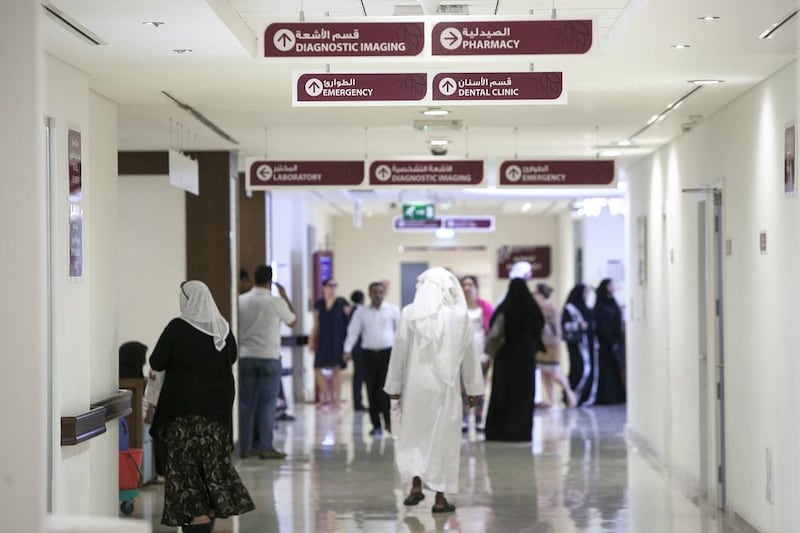The UAE’s 30 listed insurers that generate about half of the country's written premiums, face a challenging 2018 due to the introduction of VAT and lower oil prices after having a profitable 2017, according to rating agencies AM Best and S&P Global Ratings.
The net profit of listed insurers surged 45 per cent to Dh1.3 billion in 2017 compared with Dh900 million a year earlier, thanks to compulsory medical insurance, particularly in Dubai and the Unified Motor Insurance Policy, S&P Global Ratings said. The main source of profitability is underwriting income, the rating agency said.
“This is a stark change compared with the past few years when insurers' net income was heavily reliant on investment income, with underwriting results being generally break-even,” it said.
Over 60 companies compete for business in the UAE insurance market. The Insurance Authority has issued a number of regulations over the past few years to strengthen the sector and prime it for future growth.
___________
Read more:
[ New travel insurance for Emiratis to fund up to Dh500,000 of treatment ]
[ Middle East insurers face headwinds yet opportunities abound amid low penetration, report says ]
___________
Total written premiums of insurers in the UAE, including unlisted companies, grew 12 per to reach Dh40bn in 2016, according to the Insurance Authority. Total revenue or gross written premiums of listed insurers rose 16 per cent to Dh22bn in 2017 from Dh19bn a year earlier, S&Psaid.
“Based on our analysis, we consider these improved results as a positive factor for the overall market,” said S&P. “That said, we do not see any immediate ratings impact on the UAE insurers that we rate, and credit conditions for each insurer may vary according to their individual performance.”
The market continues to be dominated by big players, with the top five insurers’ market share rising to 59 per cent in 2017 compared to 56 per cent in 2016. Orient Insurance also over took Oman Insurance Company as the largest insurer in the UAE last year, according to S&P.
“We continue to view the UAE insurance market as highly concentrated,” said S&P. “Orient Insurance not only contributed heavily to growth of the top five insurers but also became the No. 1 insurer (by gross premiums), registering a staggering 51 per cent increase in its premiums.”
However, the introduction of five per cent VAT on January 1 and continued low oil prices will weigh on the sector in 2018, according to rating agency AM Best. The agency maintains a negative outlook on the insurance market of the UAE. All insurance products, except for life, are subject to VAT.
“Some insurers have indicated that they will not pass on the VAT charge on unearned premium to retail customers, which could lead to temporary margin erosion," AM Best. "Additionally, continued low oil prices and reduced government spending will continue to affect equity and real estate asset prices, which will create volatility on the balance sheet and income statements of insurers with riskier investment strategies."
Moreover, higher premiums from an uptick in medical insurance will not recur in 2018, as the Dubai Health Authority compulsory medical insurance comes into full effect.
“Given that most corporates in the UAE are now compliant with the requirements of the DHA mandatory medical programme, premium volume growth in medical will not be as easy to achieve as was experienced in 2016 and 2017,” the agency said. “AM Best expects achieving growth to be more challenging in 2018, which could potentially lead to a return to heightened levels of price competition.”






